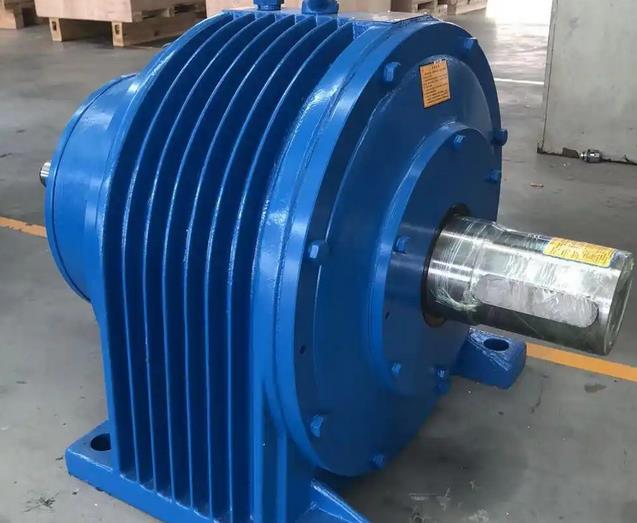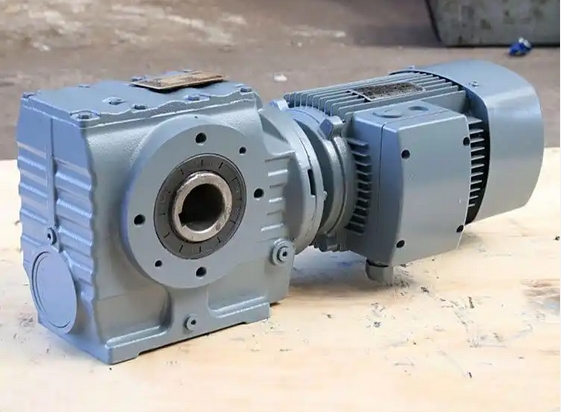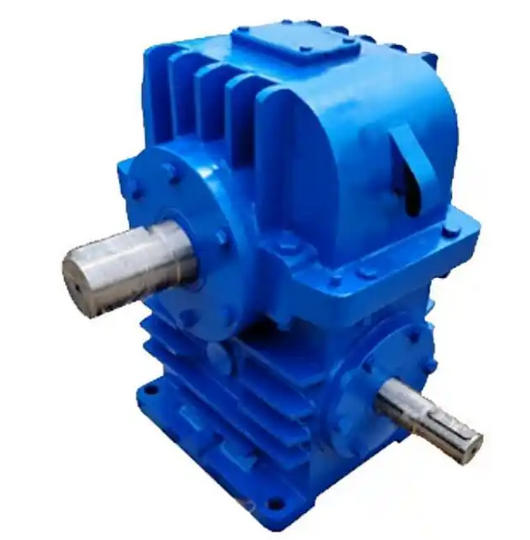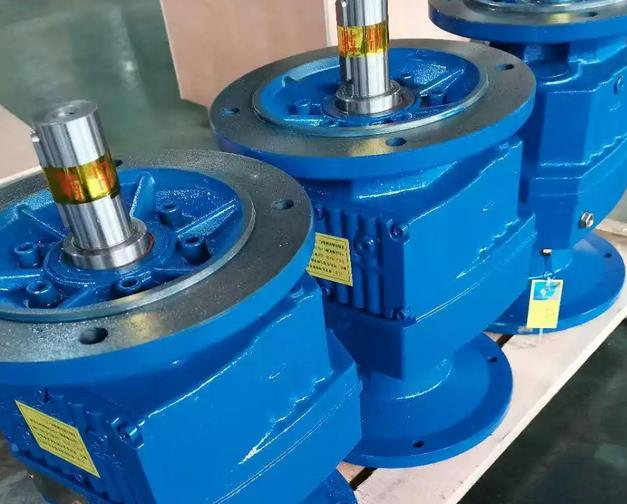What methods can extend the service life of the output shaft of XLD15-35-1.5KW cycloidal reducer
Here are some methods to extend the service life of the output shaft of XLD15-35-1.5KW cycloidal reducer:1. Correct selection and installation:
Reasonable selection: Based on the requirements of load, speed, running time, etc. in actual work, select a suitable specification of reducer to ensure a certain margin of rated power and torque, and avoid overload operation.
Installation accuracy: Strictly follow the installation instructions to ensure the coaxiality and perpendicularity between the reducer, driving equipment, and driven equipment. When connecting the output shaft to other components, appropriate coupling devices should be used and installation accuracy should be ensured to avoid additional stress and wear caused by installation deviations.
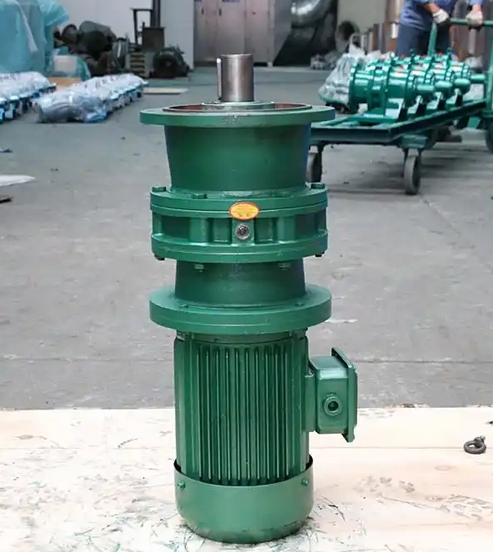
Fixed firmly: Install the reducer firmly on the foundation to prevent displacement or loosening due to vibration during operation, which may affect the stability and stress condition of the output shaft.
2. Good lubrication management:
Choose suitable lubricating oil: Select lubricating oil with good quality and specifications according to the requirements and working environment of the reducer. For example, lubricating oil with good high-temperature resistance can be selected in high-temperature environments, and lubricating oil with good anti-wear performance can be selected in situations with impact loads.
Regular oil change: Replace the lubricating oil according to the prescribed oil change cycle. Generally, the first oil change should be carried out after 300-500 hours of operation, and then every 3000-5000 hours or based on the results of oil quality testing. When changing the oil, the inside of the gearbox should be cleaned thoroughly to avoid residual old oil.
Check the oil level: Regularly check the oil level of the lubricating oil to ensure that it is within the normal range and avoid further wear caused by lack of oil. Generally, the oil level is observed through the sight glass to keep the oil level around the middle of the sight glass.
3. Load control and operation management:
Avoid impact loads: Try to minimize the impact loads borne by the gearbox, such as avoiding frequent starting and stopping, emergency braking, and other operations. Soft start devices or gradual loading can be used to start the equipment, reducing the impact on the output shaft.
Stable operation: Keep the gearbox running at a stable load and speed, avoiding prolonged operation under overload, overspeed, or large load fluctuations. At the same time, it is necessary to avoid the operation of the gearbox in extreme temperature, humidity, or harsh working environments (such as dust, corrosive gases, etc.). If it cannot be avoided, corresponding protective measures should be taken.
4. Regular inspection and maintenance:
Daily inspection: During the operation of the equipment, regular inspections are conducted to observe the operating condition of the gearbox, including the presence of abnormal noise, vibration, temperature rise, etc. If any problems are found, the machine should be stopped for inspection in a timely manner, and the fault should be eliminated before continuing to operate.
Component inspection: Regularly inspect the wear of the output shaft, including the shaft neck, keyway, and other parts. Tools such as calipers and micrometers can be used to measure dimensions and compare them with the original data to determine the degree of wear. At the same time, check the wear of bearings, oil seals and other related components, and replace them in a timely manner if there is wear or damage.


